According to some estimates, the number of insects has declined by 75% in the past half-century. Insects account for the majority of known species on our planet; they serve essential roles in our lives, from pollinating our food to recycling organic materials. Insects are mysterious too, with experts estimating that four million remain undiscovered. They are also facing urgent threats ranging from habitat loss and climate change to unregulated pesticide use.
Some experts have called this startling decline the “insect apocalypse.” For the insects to survive, we need fewer pesticides and more green spaces, and we need to make these changes quickly. While insect photographers might be drawn in by the beauty of these small animals, artists working in this genre are also uniquely qualified to introduce these species to a wider public, inspiring both understanding and compassion for the natural world.
With that idea in mind, we put together this quick guide introducing emerging shutterbugs (pun intended) to the vast—and in many ways, still unknown—world of insects.
Practicing ethical photography
In recent years, the photography community has become increasingly aware of the importance of an ethical approach to wildlife, and insects deserve the same considerations. Insects are delicate, as are their environments. Before photographing critters in your area, do your research on their habitats and behaviors.
Taking the time to understand the species and their needs will result in better photographs, and it’ll also help you avoid doing more harm than good. When photographing these critters, avoid touching or interfering with their environment in any way, including handling the subject or cutting leaves or flowers. As an example, check out this article to learn more about the conservation photographer Michael Ready’s experience documenting a specific butterfly species; he had to be extremely careful where he stepped in order to avoid disrupting their habitat.
It might go without saying, but keep it wild by photographing insects in their natural habitats, and avoid trapping and bringing them home. For great shots (and true nature photography), get outside. Be patient, and learn to predict the insects’ natural behaviors. Insects aren’t collectibles; they’re vital parts of their ecosystems.
Although some photographers in the past might have “killed or chilled” insects to keep them still (the latter involves artificially cooling them down, often causing tissue damage), these practices have rightfully been called into question. They’re unethical, and they’re also unnecessary. In the early mornings, for example, insects in the wild tend to be cold and relatively inactive—without any need for harmful cooling.
If you must photograph a dead specimen (in the case of focus stacking, for instance), look for one who’s already died of natural causes. We’ve seen several photographers do this very well!
Note: These guidelines are for photographers and nature enthusiasts. We understand and acknowledge that entomologists might follow different ethical guidelines.
What you’ll need
A macro lens is the best option for photographing insects. With that being said, you can make it work on a budget by using a reversed regular prime lens (like a 28mm), an adapter, and extension tubes. This DIY setup can take some time to master, but it does the trick. Another option would be a magnifying filter like those made by Raynox. Of course, if you have the funds for it, go ahead and get that macro lens.
You might also consider a tripod and cable release, as you’ll likely have to stop down your aperture (i.e., use a higher f-number) to keep all of your subject in focus. A geared-head tripod will give you more control and precision. That’s not to say you can’t shoot handheld—you certainly can—but these are good tools to have on hand.
Lighting in macro photography
One thing to remember about macro photography is that you’ll need a lot of light to maximize depth of field. Although many nature photographers rely on natural light, most of the macro guides you can read online will recommend the use of artificial light, including LEDs and, in a majority of cases, a flash. The truth is, however, that while most macro photographers always use proper diffusers on their flash, there’s still a lot we don’t know about the effects flash could have on wildlife, including insects.
In fact, we had so much trouble finding information on this subject that we reached out to Michael Ready, a nature expert as well as a conservation photographer. He has experience in the fields of science and natural history, and as it happens, his wife is an entomologist. He told us that while some studies suggest that flash has little impact on some critters (a specific species of seahorse, for example), researchers have found that nocturnal orthopterans (grasshoppers/katydids) do respond to flash, and they appear to be unsettled by it. “There’s a behavior that seems to show them protecting their eyes in response to bright light,” Ready explains.
When it comes to lighting, as in all things, we urge you to err on the side of caution. “More work should be done on this, but for now, I think it should always be a consideration, especially when photographing nocturnal species,” Ready says. “I would pay close attention to their behavior while being photographed, and take care not to overdo it with bright flash bursts in any case. As a couple of these papers point out, we will always have some level of impact, just by our mere presence. Minimizing our impacts should always be at the heart of our approach.”
Six tips for photographing insects
Tip #1: Take it slow
As with all wildlife photography, patience is essential. To avoid disturbing your subject or causing it to move, approach slowly. Some insects will fly away if you allow your shadow to fall over them, so make your movements deliberate. Stay low to the ground, and keep as much distance as possible (a longer focal length will enable you to put more distance between yourself and your subject).
It can also help to camp out in one place—like an attractive flower—and wait for the insect to come to you, rather than following it as it moves. Larger, slower-moving critters are easier to photograph, so practice with them before moving on to fast-moving flying insects. Read up on the species to learn about their favorite spots and seasons.
Tip #2: Watch the weather
This one is simple: plan to shoot on days with little to no wind to avoid unnecessary movement. As for natural lighting, bright days work best, but you might want to look for overcast skies as well or find some shade to avoid the harshness of direct sunlight.
Tip #3: Try backlighting
If you’re working with natural light around sunset, you can create a beautiful effect using backlighting. This approach works especially well with insects with translucent wings, and it’s ideal for capturing the magic of the natural world. Just watch out for underexposure, as backlighting can cause loss of detail (unless you’re intentionally creating a silhouette effect).
Tip #4: Use the “rocking” technique
There’s no getting around it: focus is tricky in macro photography. One popular way to deal with this issue when shooting handheld is to switch to manual focus, set your focusing ring where you think it belongs, and then slowly rock backward and forward until the image is sharp. Some people call this “zooming with your body.” Finally, when you find that perfect spot, hold your breath as you click the shutter to minimize movement.
Note: When focusing, it can help to turn on your camera’s focus peaking feature for accuracy and convenience.
Tip #5: Keep your camera parallel to the subject
When your depth of field is paper thin—a common issue in macro photography—one solution is to keep your camera parallel to the insect. It can be tempting to play with different angles—and we encourage it—but this technique will keep more of the critter in focus.
Tip #6: Take a bunch of photos
When starting in macro photography, it’s best to accept and embrace failures. You’ll end up with photos that are blurry, or you’ll notice that part of the insect is out of focus. These issues are normal, so maximize your chances of success by creating as many photos as possible, whenever you get the chance. Practice with various subjects, including insects but also flowers and inanimate objects. The more experience you have in the field, the sharper your images will be—and over time, your success rate will improve.
Not on 500px yet? Sign up here to explore more impactful photography.

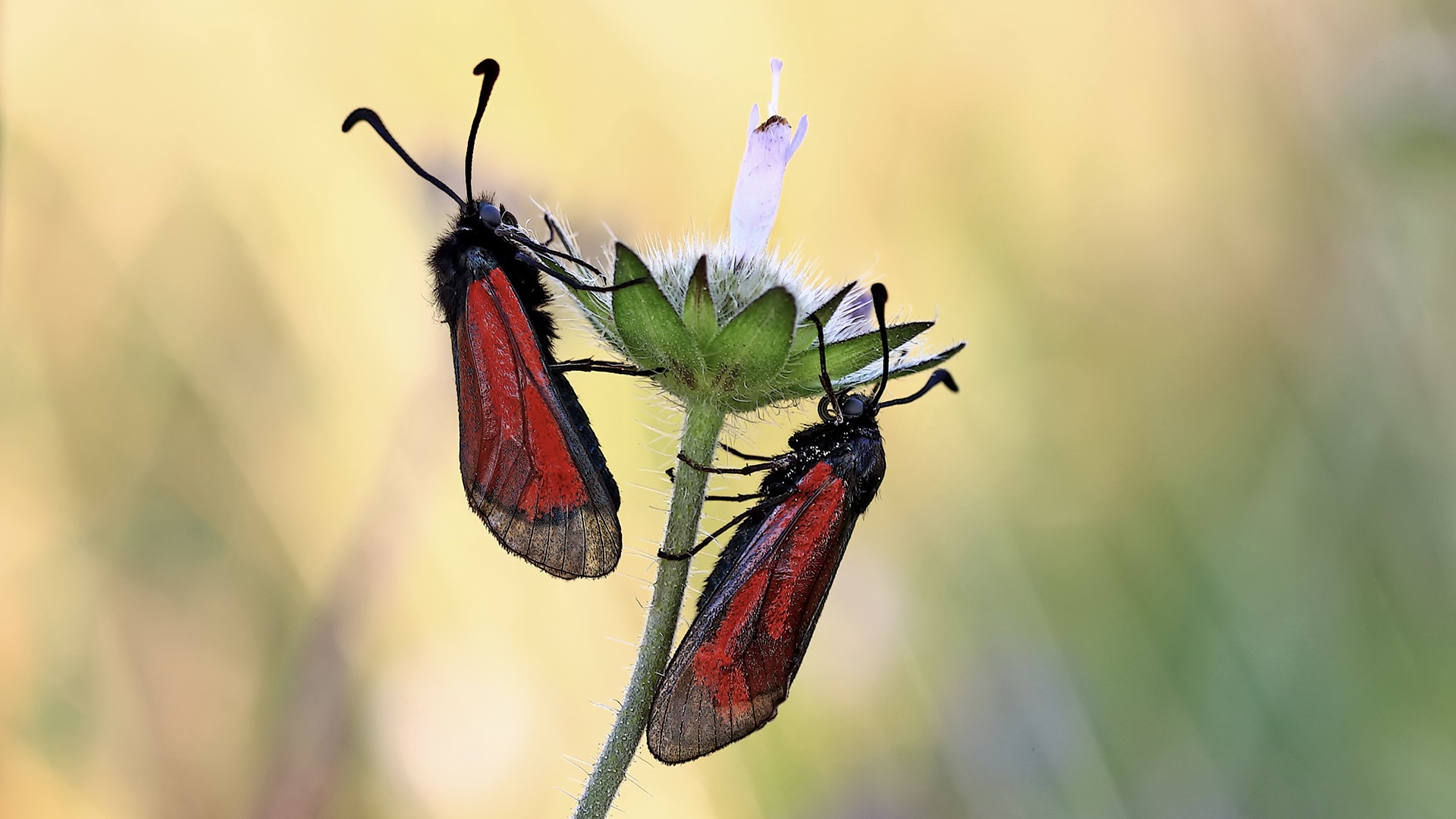
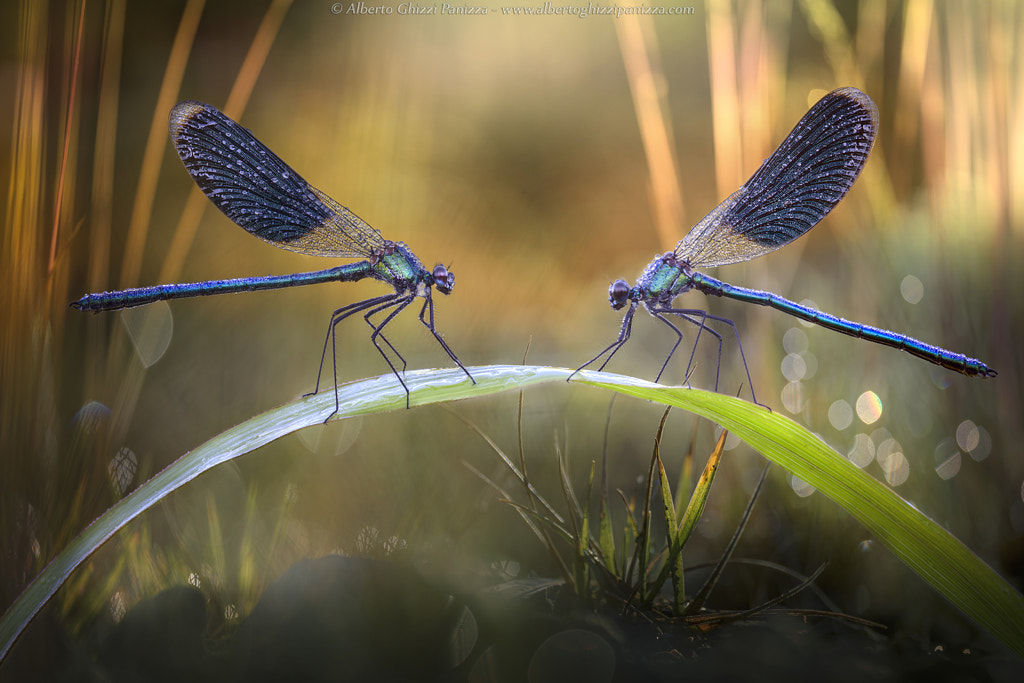
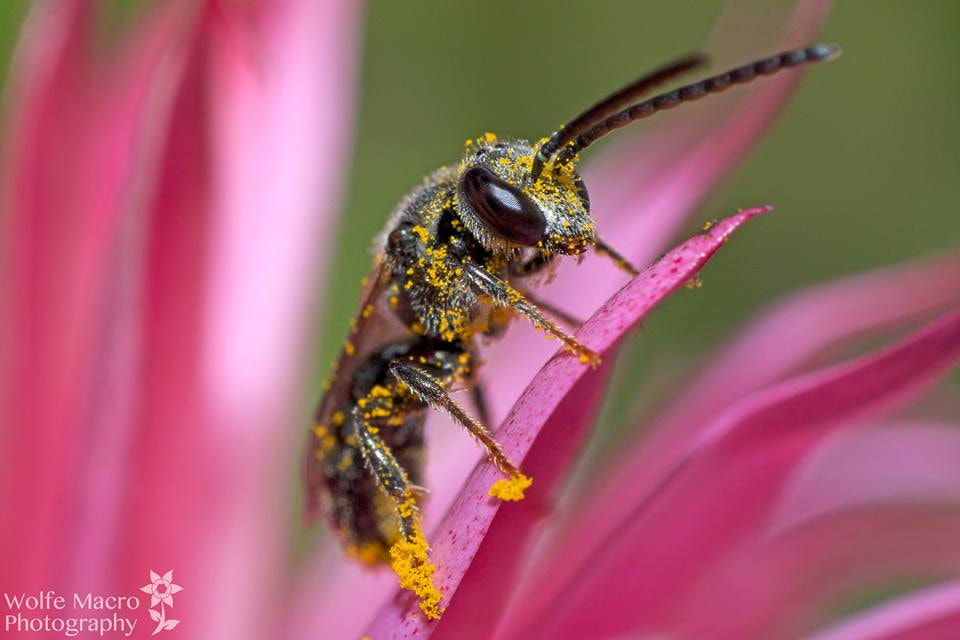

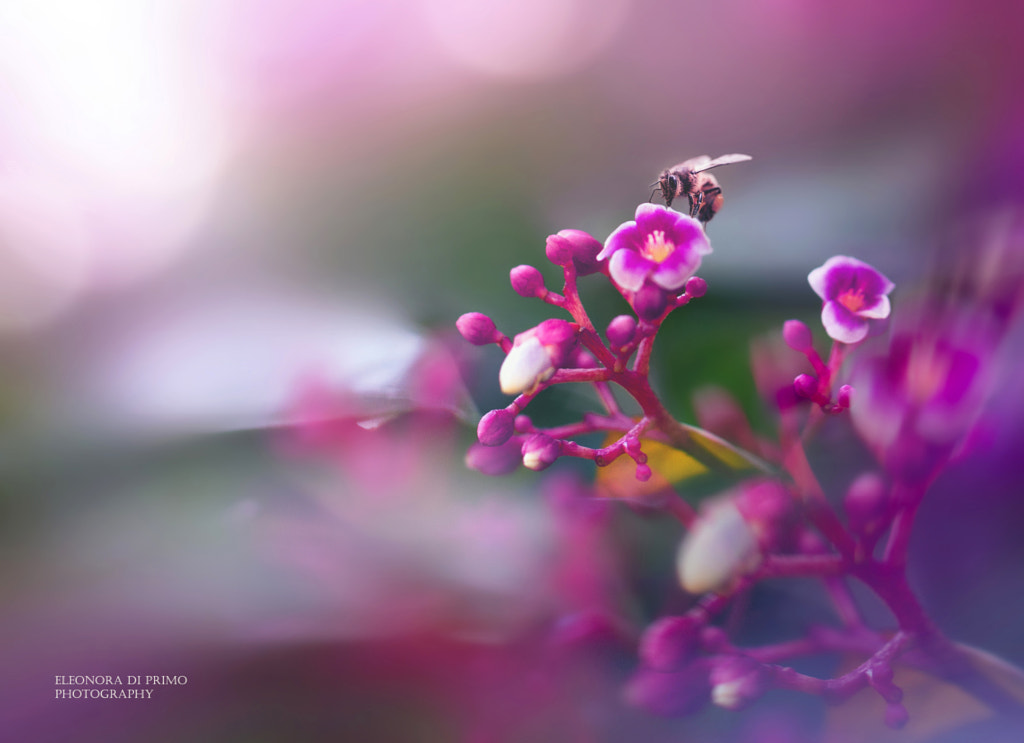

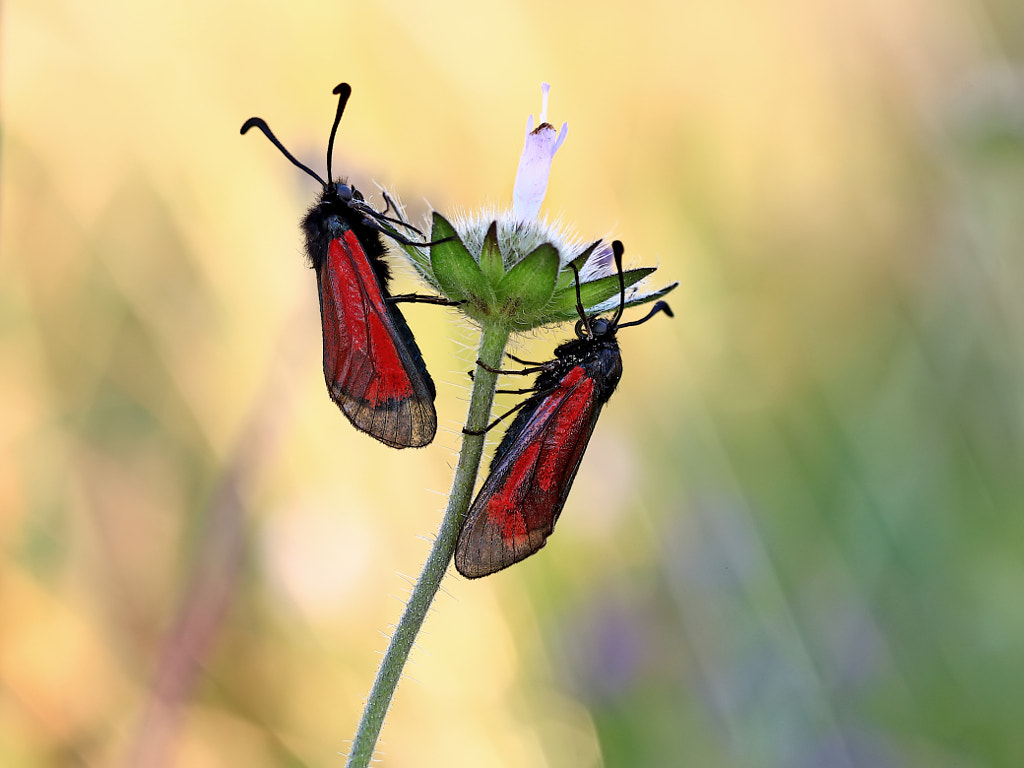
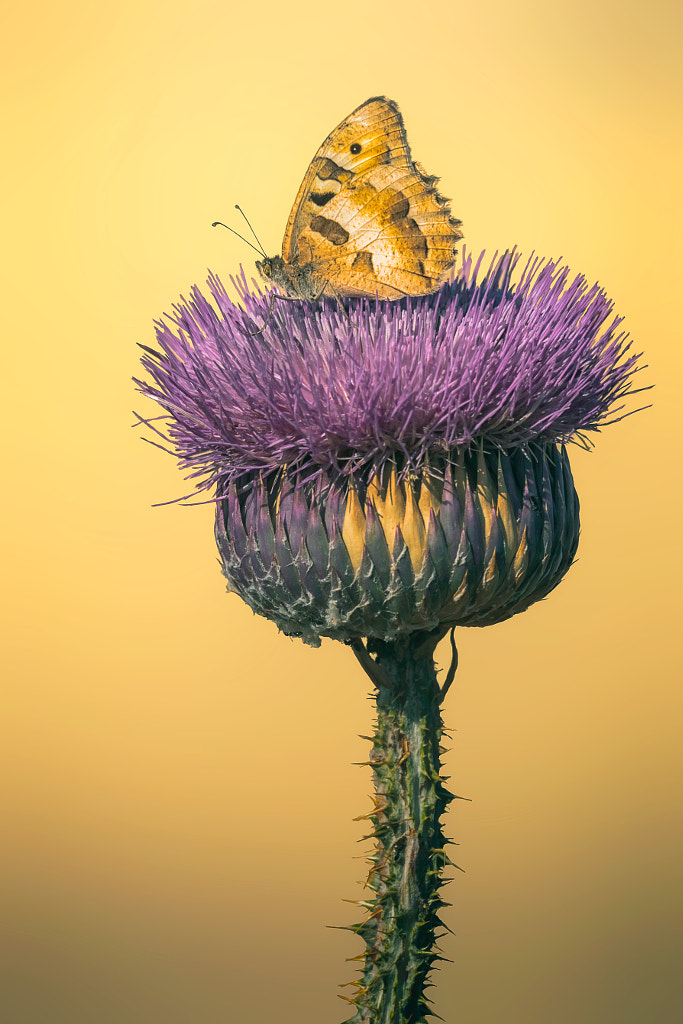
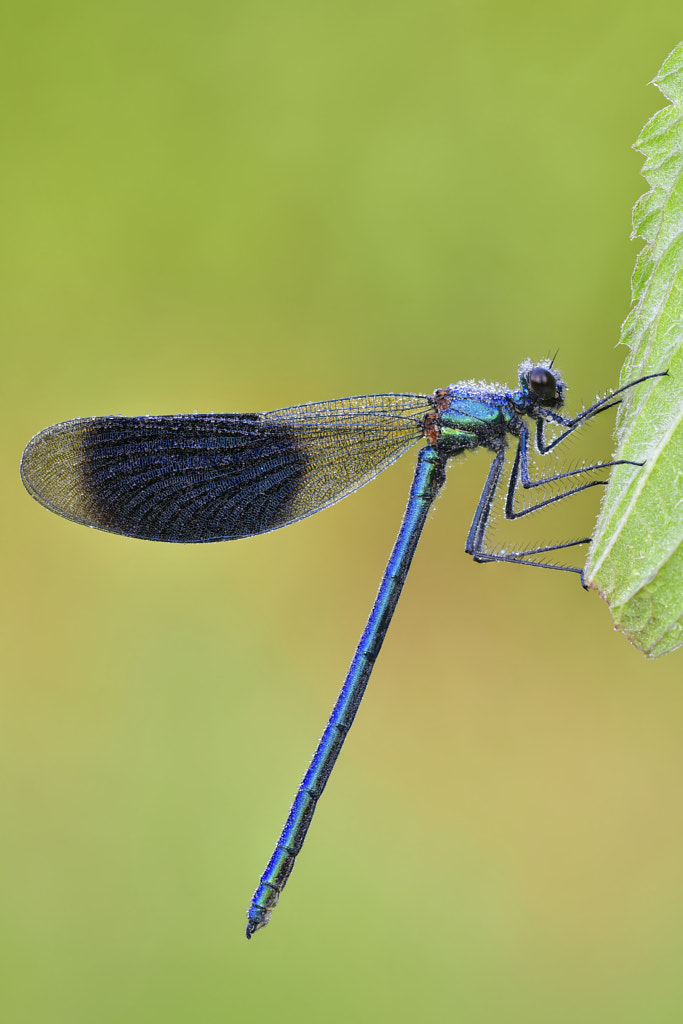
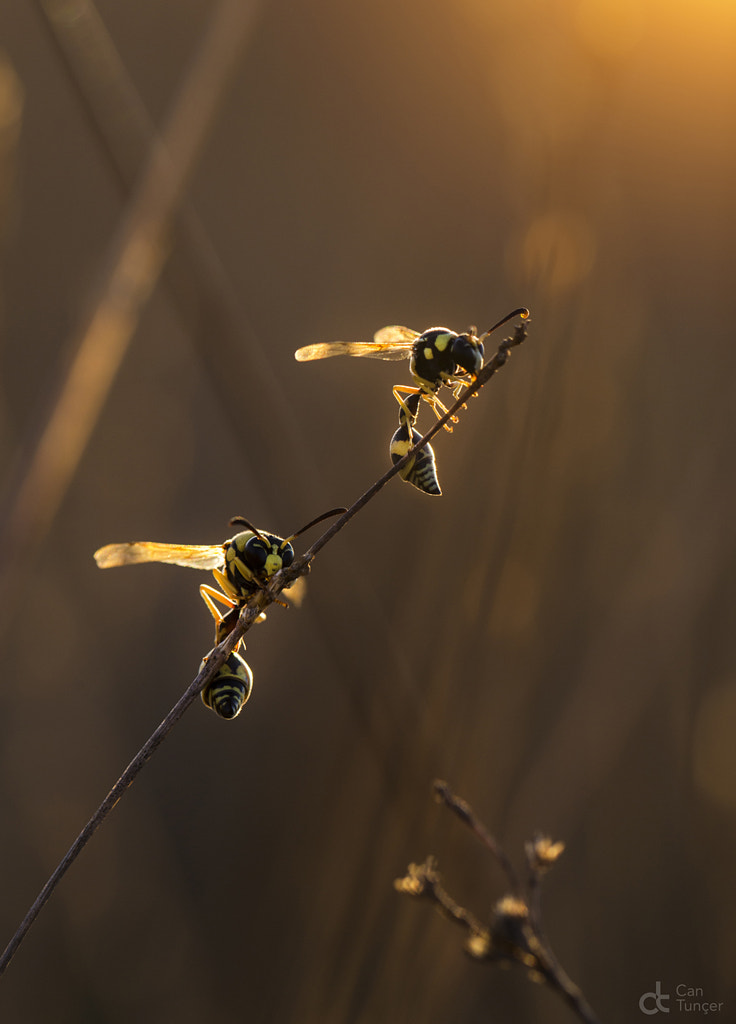
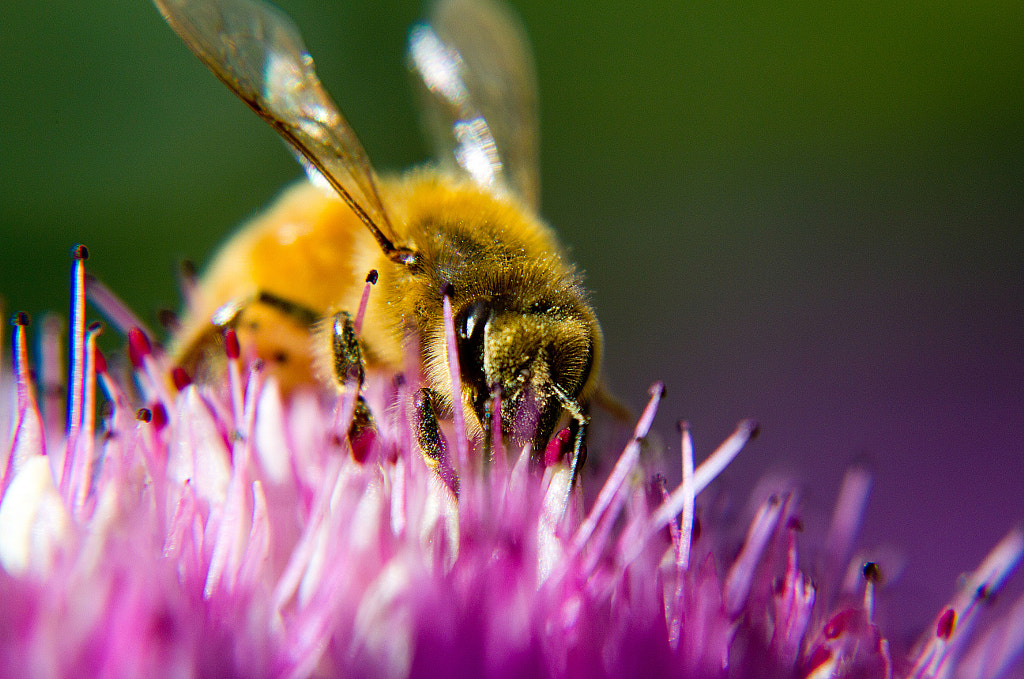
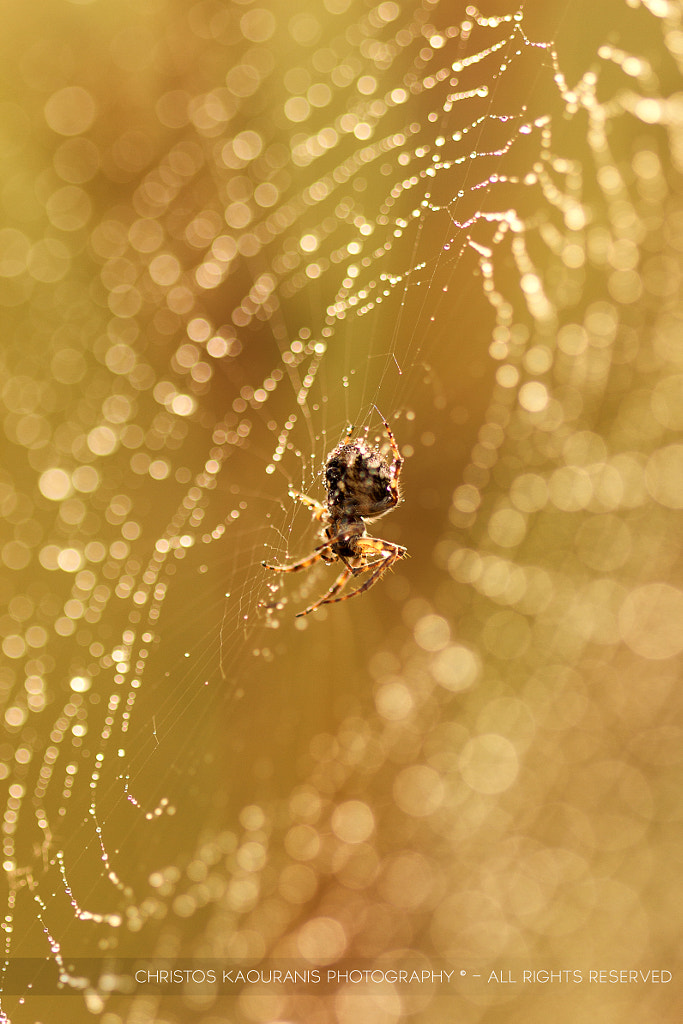
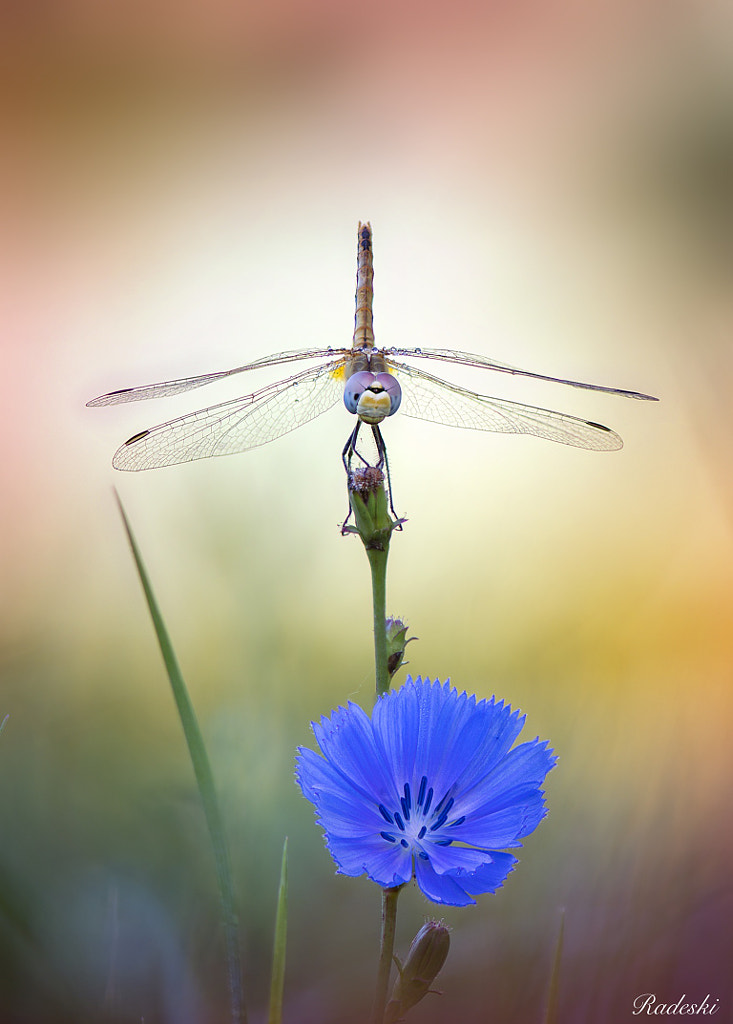


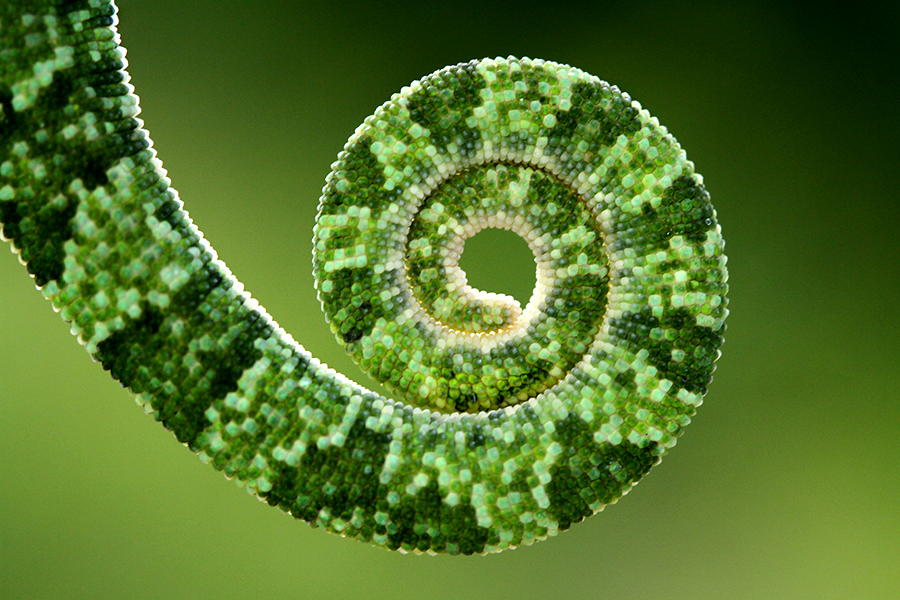
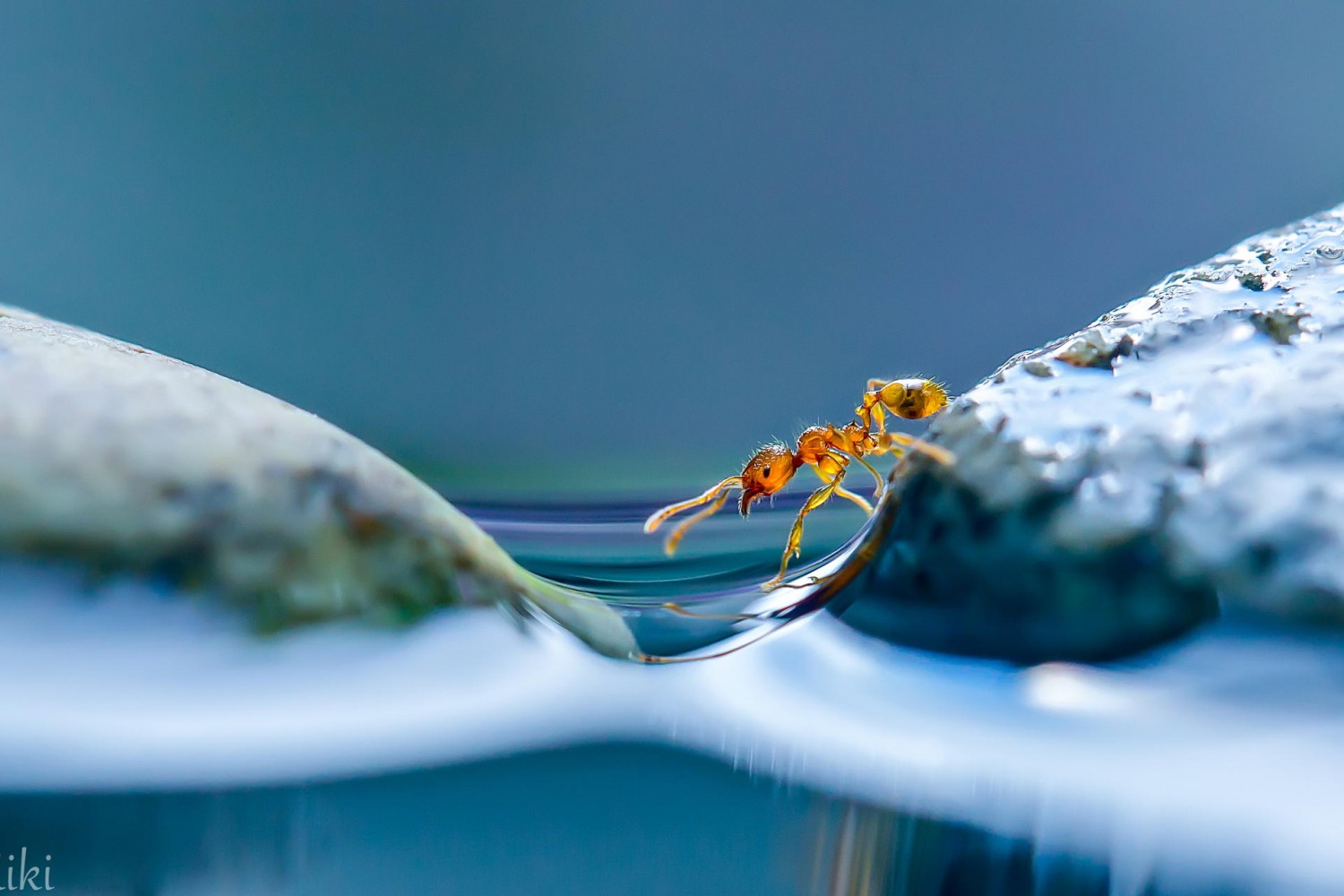

Leave a reply